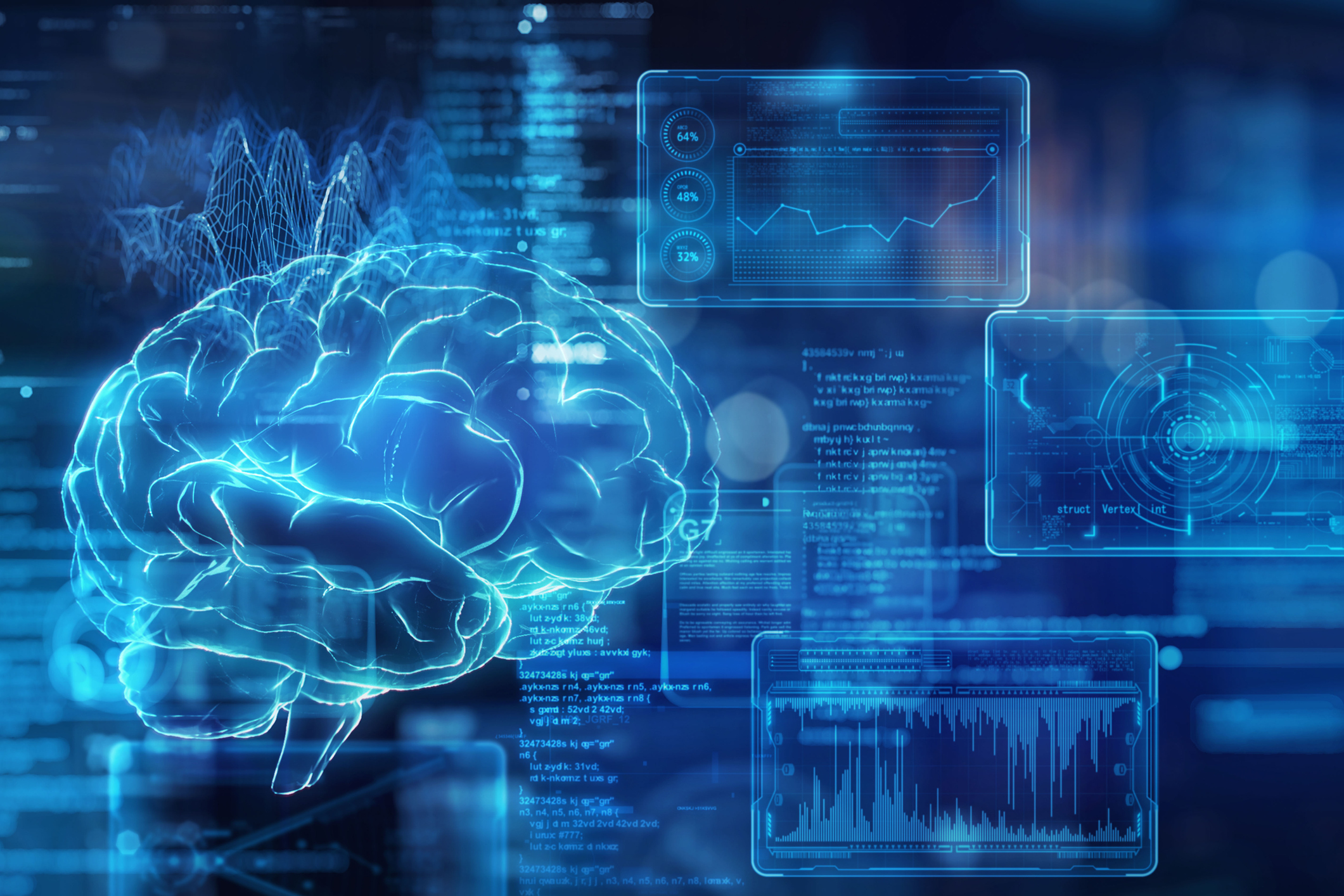
To help you understand how AI and other new technologies are affecting energy consumption, trends in this space and what we expect to happen in the future, our highly experienced Kiplinger Letter team will keep you abreast of the latest developments and forecasts. (Get a free issue of The Kiplinger Letter or subscribe). You'll get all the latest news first by subscribing, but we will publish many (but not all) of the forecasts a few days afterward online. Here’s the latest…
It’s getting hard to keep track of the eye-popping sums being invested in artificial intelligence start-ups.
For example, three-month-old Safe Superintelligence (SSI) recently raised $1 billion to develop safe AI, valuing the company, founded by a former chief scientist at Microsoft-backed OpenAI, at $5 billion. Poolside, a start-up building AI to write software, is reportedly in talks to raise nearly $500 million, for an estimated $3 billion valuation. And Glean recently raised $260 million to help build an AI platform for workers.
Don’t expect the trend to slow down anytime soon, despite rising AI skepticism. Much of the funding will go to buying Nvidia (NVDA) chips or computing power from cloud companies that have installed them.
What are investors thinking? Some appear to be swapping out ROI for AGI. Instead of focusing on return on investment, venture capitalists and other start-up investors are thinking about artificial general intelligence, the advent of a super AI that cracks the code of human intelligence, and then improves on it.
The term is bandied about often in tech circles, though the definition isn’t clear. Open AI’s founding goal is to build AGI, which it defines as “a highly autonomous system that outperforms humans at most economically valuable work.” Other AI companies and tech firms have similar projects and definitions. The possibilities of an AGI system are seemingly endless and hugely disruptive, at least in theory. Don’t overlook how many technology executives, workers and investors are true believers in this ill-defined inflection point, and the possibility of it happening as soon as one to three years from now.
“It is possible that we will have superintelligence in a few thousand days (!); it may take longer, but I’m confident we’ll get there,” Sam Altman, CEO of Open AI, wrote this week in a post. The remark highlights the tension between the confidence and uncertainty surrounding AI’s holy grail.
A breakthrough that would upend the global economy is hard to imagine, despite the improvements in AI tech now taking place rapidly. Take such talk with a healthy dose of skepticism, as many of the benefits of generative AI are likely to accrue over a longer period, and many challenges remain. Venture capitalists can still cash in without a breakthrough if a start-up they funded is bought by a bigger company.
There’s another reason for the fever-pitch of dealmaking: A winner-takes-all mentality. Many industry insiders believe that one company will dominate each area of artificial intelligence, and getting to that dominant position requires fast action and lots of cash.
One person trying to fend off a winner-takes-all world is Meta (META) CEO Mark Zuckerberg, who is giving away powerful AI tech for free in his push for “open source” AI software that prevents companies from being forced to rely on one dominant player. Zuckerberg’s plan stems from the restrictions he feels Meta’s collection of social media apps must abide by on mobile devices. He’s especially irked by the rules implemented by Apple's (AAPL) dominant mobile ecosystem, which Meta must follow to reach Apple’s global iPhone customer base.
So far, the plan is working. Meta’s AI models are seeing rapid adoption by start-ups and major companies, including AT&T, DoorDash, Goldman Sachs, Niantic, Shopify, Spotify and Zoom.
Meta benefits from its AI models improving, which can be used to help generate more attention-grabbing posts on Facebook and Instagram, plus refine Meta’s underlying tech for its apps and advertising system. The strategy, which costs tens of billions of dollars to buy Nvidia products and install them in Meta’s data centers, also poses a serious challenge to Meta’s closest competitors building their own AI systems.
This forecast is from the team at The Kiplinger Letter, which has been running since 1923. It is a collection of concise weekly forecasts on business and economic trends, as well as what to expect from Washington, to help you understand what’s coming up to make the most of your investments and your money. Subscribe to The Kiplinger Letter.







